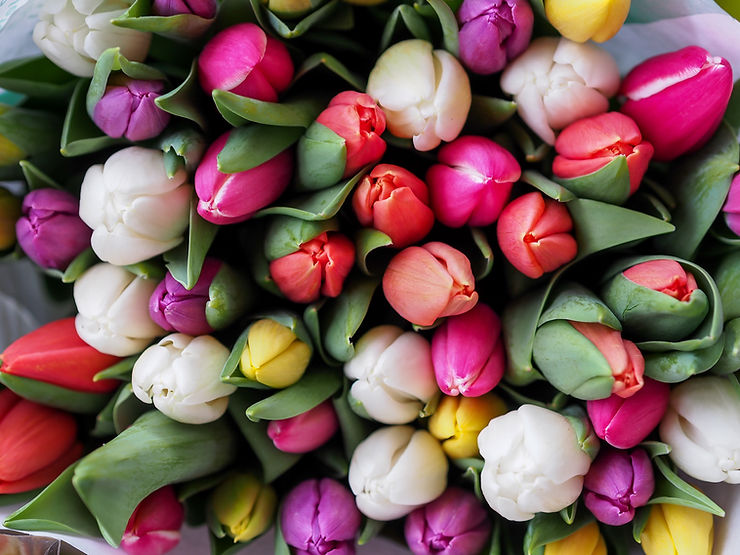Why are there so many tulips in the Netherlands?
- Marelie van der Merwe

- Mar 10, 2023
- 2 min read
The Netherlands is famous for its tulips, and it's hard to imagine the country without the colourful fields of these vibrant flowers. But have you ever wondered why there are so many tulips in the Netherlands? I sure have!

Tulips are not native to the Netherlands, but rather to Central Asia. They were first introduced to Europe in the 16th century by the Ottoman Empire, and their popularity quickly spread throughout the continent. By the 17th century, tulips had become a symbol of wealth and status in the Netherlands, and a tulip craze known as "Tulip Mania" swept the country.
During Tulip Mania, tulip bulbs became incredibly expensive, and some were even worth more than a house. The tulip market eventually crashed, but the love for tulips remained in the Netherlands, and the country became a centre for tulip cultivation. Today, the Netherlands is the world's largest producer and exporter of tulips, and the flower has become a symbol of Dutch culture and heritage.
Tulips are deeply ingrained in Dutch culture and traditions. The flower is often used to decorate homes, public spaces, and events such as weddings and funerals. Tulips are also a popular souvenir for tourists, and visitors to the Netherlands often take home bunches of tulips as a reminder of their trip. One of the most popular events in the Netherlands is the Keukenhof Gardens, which is the largest tulip garden in the world. The garden is open from March to May and attracts millions of visitors each year who come to see the breathtaking displays of tulips and other flowers.
The Netherlands' love for tulips has deep roots in history and culture. What started as a symbol of wealth and status during Tulip Mania has become a defining aspect of Dutch identity. The vibrant fields of tulips that can be seen throughout the country today are a testament to the enduring popularity of this beautiful flower.










コメント